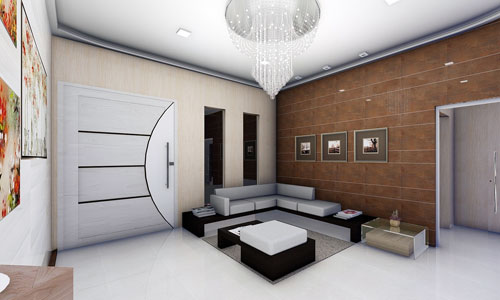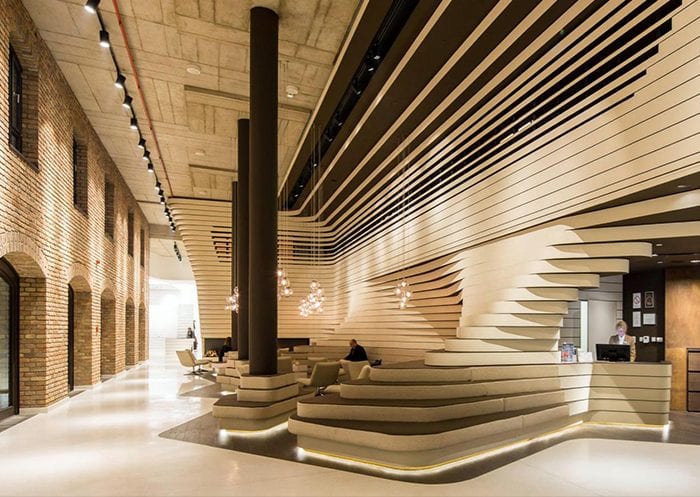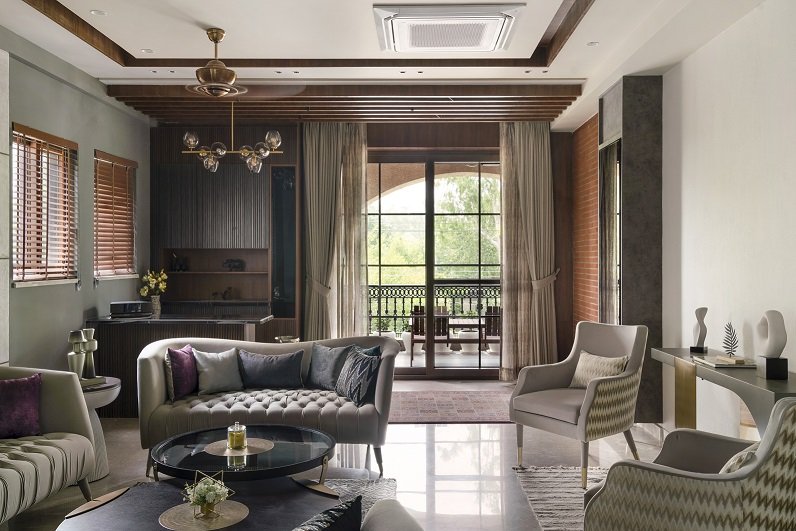The Art of Equilibrium: How Interior Design and Home Architect Collaborate for Stunning Results
In the realm of home style, striking an equilibrium in between looks and capability is no small accomplishment. This fragile equilibrium is attained via the unified cooperation in between indoor designers and designers, each bringing their unique experience to the table. The outcome? Spaces that are not just visually stunning yet likewise extremely habitable. However, this excellent blend is not constantly easy to attain. Keep with us as we discover the intricacies of this collaborative procedure and its transformative influence on home design.
Recognizing the Core Distinctions Between Interior Decoration and Home Style
While both Interior Design and home architecture play crucial roles in creating cosmetically pleasing and practical areas, they are naturally different self-controls. Home architecture primarily concentrates on the architectural facets of the home, such as constructing codes, safety policies, and the physical building of the area. It handles the 'bones' of the structure, dealing with spatial measurements, load-bearing wall surfaces, and roof covering styles. On the other hand, Interior Design is a lot more concerned with enhancing the aesthetic and sensory experience within that framework. It entails choose and preparing furnishings, picking color plans, and incorporating decorative aspects. While they operate in tandem, their functions, responsibilities, and areas of proficiency deviate dramatically in the production of an unified home atmosphere.
The Harmony In Between Home Style and Interior Style
The harmony between home design and Interior Design lies in a shared vision of style and the improvement of useful aesthetic appeals. When these 2 areas straighten sympathetically, they can transform a space from normal to extraordinary. This partnership calls for a much deeper understanding of each self-control's concepts and the ability to develop a cohesive, visually pleasing atmosphere.
Unifying Design Vision
Unifying the vision for home design and Interior Design can develop a harmonious living room that is both functional and cosmetically pleasing. The equilibrium begins with an incorporated state of mind; engineers and interior developers collaborate, each bringing their competence. This unison of ideas forms the design vision, a blueprint that overviews the job. This shared vision is vital for consistency throughout the home, making certain a liquid shift from outside architecture to interior spaces. It promotes a collaborating technique where building elements complement Interior Design components and the other way around. The outcome is a natural living room that shows the property owner's lifestyle, individuality, and preference. Thus, unifying the layout vision is vital in mixing architecture and Interior Design for sensational outcomes.
Enhancing Functional Appearances
Exactly how does the synergy between home design and Interior Design boost functional visual appeals? This synergy makes it possible for the production of areas that are not only aesthetically appealing yet also comfortably functional. Architects lay the groundwork with their structural design, ensuring that the space is effective and sensible. The interior designer after that enhances this with meticulously selected elements that boost the visual appeals without endangering the capability. This unified partnership can lead to homes that are both livable and beautiful. An architect may design a home with high ceilings and huge home windows. The interior designer can then highlight these functions with large curtains and high plants, respectively, therefore enhancing the aesthetic appeal while maintaining the functional benefits of all-natural light and space.
Importance of Partnership in Creating Balanced Spaces
The collaboration in between indoor designers and designers is critical in developing balanced spaces. It brings consistency between style and architecture, providing birth to rooms that are not only visually pleasing yet also practical. Discovering effective collective techniques can provide understandings right into exactly how this synergy can be successfully accomplished.
Integrating Style and Style
Equilibrium, an important aspect of both Interior Design and design, can just genuinely be achieved when these 2 fields work in harmony. This harmony is not just an aesthetic consideration; it affects the capability, resilience, and ultimately, the livability of a space. Inside engineers and designers have to recognize each various other's functions, respect their competence, and communicate properly. They have to take into consideration the interplay of structural aspects with decor, the circulation of rooms, and the effect of light and color. This joint process causes a cohesive, balanced layout where every element has an objective and contributes to the total aesthetic. As a result, integrating design and architecture is not nearly producing lovely areas, yet concerning crafting rooms that work seamlessly for their residents.
Effective Collaborative Approaches

Case Researches: Successful Integration of Layout and Design
Examining numerous study, it comes to be obvious exactly how the effective combination of Interior Design and design can transform a room. The Glass House in Connecticut, renowned for its minimalistic style, is one such example. Engineer Philip Johnson and indoor developer Mies van der Rohe collaborated to produce an unified balance in between the structure and the inside, leading to a smooth flow from the outside landscape to the inner living quarters. One more prototype is the Fallingwater Home in Pennsylvania. Engineer Frank Lloyd Wright and interior designer Edgar Kaufmann Jr.'s collective efforts cause a stunningly distinct residence that blends with its all-natural environments. These study highlight the extensive impact of an effective style and style cooperation.

Conquering Obstacles in Style and Architecture Cooperation
Despite the indisputable advantages of an effective cooperation between interior design and architecture, it is not without its challenges. Designers might focus on architectural stability and safety and security, while developers concentrate on convenience and design. Reliable interaction, common understanding, and concession are essential to conquer these challenges and achieve a successful and unified cooperation.

Future Patterns: The Evolving Partnership Between Home Architects and Inside Designers
As the world of home style continues to develop, so does the connection between designers and interior designers. Alternatively, indoor designers are accepting technological facets, influencing general format and functionality. The future promises a more check out here cohesive, innovative, and flexible strategy to home layout, as designers and architects proceed to obscure the lines, promoting a partnership that truly embodies the art of equilibrium.
Verdict
The art of balance in home layout is accomplished via the harmonious cooperation between indoor designers and engineers. Despite difficulties, this partnership promotes development and development in layout.
While both interior layout and home architecture play crucial roles in developing aesthetically pleasing and useful areas, they are naturally different techniques.The synergy between home style and interior style exists in a shared vision of style and the improvement of useful looks.Unifying the vision for home design and indoor layout can create a harmonious living room that is both functional and aesthetically pleasing. Therefore, unifying the layout vision is essential in mixing style and indoor design for sensational outcomes.
Just how does the synergy between home design and indoor layout boost functional aesthetic appeals? (Winchester architect)
 Devin Ratray Then & Now!
Devin Ratray Then & Now! Michael Jordan Then & Now!
Michael Jordan Then & Now! Monica Lewinsky Then & Now!
Monica Lewinsky Then & Now! Melissa Sue Anderson Then & Now!
Melissa Sue Anderson Then & Now! Peter Billingsley Then & Now!
Peter Billingsley Then & Now!